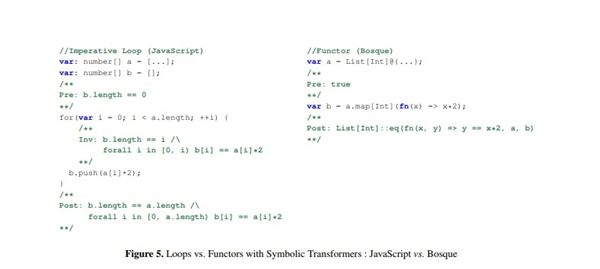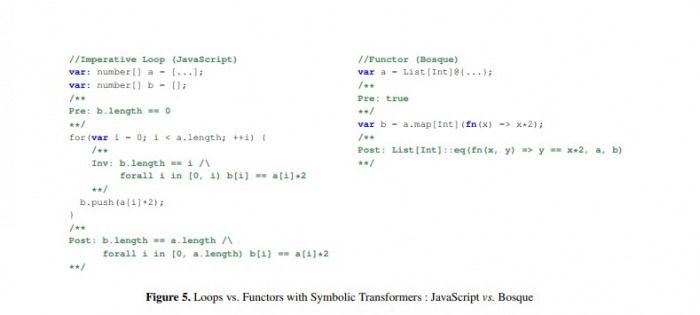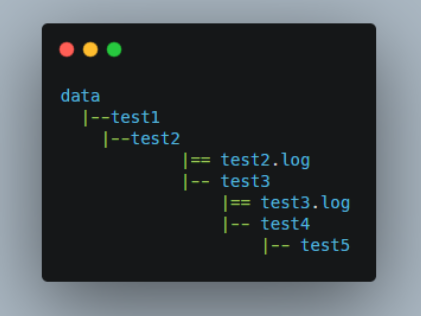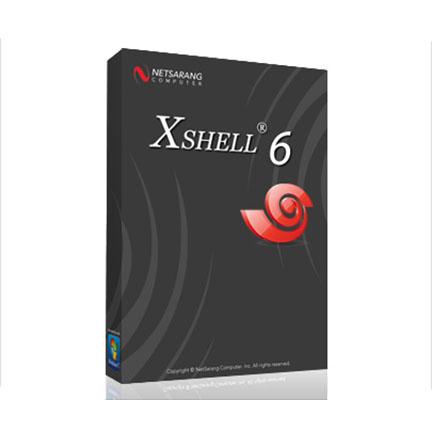了解PHP缓存机制:探索不同的实施方法
 发布于2024-11-22 阅读(0)
发布于2024-11-22 阅读(0)
扫一扫,手机访问
探究PHP缓存机制:了解不同的实现方式,需要具体代码示例
缓存机制在Web开发中是非常重要的一部分,可以极大地提高网站的性能和响应速度。PHP作为一种流行的服务器端语言,也提供了多种缓存机制来优化性能。本文将探究PHP的缓存机制,介绍不同的实现方式,并提供具体的代码示例。
- 文件缓存(File Cache)
文件缓存是最简单且常见的PHP缓存方式之一。它的原理很简单:将计算结果存储在文件中,在需要的时候读取文件内容而不是重新计算。下面是一个示例代码:
function getDataFromCache($cacheKey, $cacheTime) {
$cacheFile = 'cache/' . $cacheKey . '.txt';
// 检查缓存文件是否存在并且未过期
if (file_exists($cacheFile) && (filemtime($cacheFile) + $cacheTime) > time()) {
// 从缓存文件读取数据
$data = file_get_contents($cacheFile);
return unserialize($data);
} else {
// 重新计算数据
$data = calculateData();
// 将数据写入缓存文件
file_put_contents($cacheFile, serialize($data));
return $data;
}
}- Memcached缓存
Memcached是一种高性能的分布式内存对象缓存系统,也是PHP常用的缓存方式之一。它将数据存储在内存中,比文件缓存更快速和高效。以下是一个示例代码:
// 创建Memcached对象
$memcached = new Memcached();
$memcached->addServer('localhost', 11211);
function getDataFromCache($cacheKey, $cacheTime) {
global $memcached;
// 尝试从Memcached中获取数据
$data = $memcached->get($cacheKey);
if ($data !== false) {
return $data;
} else {
// 重新计算数据
$data = calculateData();
// 将数据存入Memcached
$memcached->set($cacheKey, $data, $cacheTime);
return $data;
}
}- APC缓存
APC(Alternative PHP Cache)是PHP的一个内置缓存扩展,可以将数据存储在共享内存中,比文件缓存和Memcached更快速。以下是一个示例代码:
// 开启APC缓存
apc_store('enable_cache', true);
function getDataFromCache($cacheKey, $cacheTime) {
// 检查APC缓存是否开启
if (apc_fetch('enable_cache')) {
// 尝试从APC中获取数据
$data = apc_fetch($cacheKey);
if ($data !== false) {
return $data;
}
}
// 重新计算数据
$data = calculateData();
// 将数据存入APC
apc_store($cacheKey, $data, $cacheTime);
return $data;
}- Redis缓存
Redis是一个支持持久化的内存数据库,也是PHP常用的缓存方式之一。它具有很高的性能和可靠性,并支持多种数据结构。以下是一个示例代码:
// 创建Redis对象
$redis = new Redis();
$redis->connect('127.0.0.1', 6379);
function getDataFromCache($cacheKey, $cacheTime) {
global $redis;
// 尝试从Redis中获取数据
$data = $redis->get($cacheKey);
if ($data !== false) {
return unserialize($data);
} else {
// 重新计算数据
$data = calculateData();
// 将数据存入Redis
$redis->set($cacheKey, serialize($data));
$redis->expire($cacheKey, $cacheTime);
return $data;
}
}以上是几种常见的PHP缓存方式的示例代码。根据实际情况选择合适的缓存方式,并根据需要进行相应的配置和优化,可以有效提升网站性能和响应速度。在实际应用中,除了缓存数据,还可以缓存数据库查询结果、页面片段等,以进一步优化性能。
产品推荐
-

售后无忧
立即购买>- DAEMON Tools Lite 10【序列号终身授权 + 中文版 + Win】
-
¥150.00
office旗舰店
-

售后无忧
立即购买>- DAEMON Tools Ultra 5【序列号终身授权 + 中文版 + Win】
-
¥198.00
office旗舰店
-

售后无忧
立即购买>- DAEMON Tools Pro 8【序列号终身授权 + 中文版 + Win】
-
¥189.00
office旗舰店
-

售后无忧
立即购买>- CorelDRAW X8 简体中文【标准版 + Win】
-
¥1788.00
office旗舰店
-
正版软件
- 从队列到栈:深入研究Java中常见的线性数据结构及其实现方法
- 从栈到队列:探索Java中常见的线性数据结构及其实现方式引言:在计算机科学中,数据结构是组织和存储数据的一种方式。线性数据结构是其中之一,它的特点是数据元素之间存在明确的前后关系。在Java开发中,常见的线性数据结构包括栈和队列,它们的使用频率非常高。本文将深入探索栈和队列在Java中的实现方式,并提供具体的代码示例。一、栈的概念及实现方式:栈是一种后进先出
- 3分钟前 队列 栈 线性数据结构 0
-
正版软件
- 使用Spring Cloud搭建全方位分布式数据开发平台
- 随着互联网、大数据时代的到来,数据已经成为了企业的一项重要“资产”。帮助企业高效管理数据并从中挖掘价值,成为了许多企业的迫切需求。在分布式系统流行的背景下,如何打造一站式数据开发平台成为了亟待解决的问题。本文将介绍一种基于SpringCloud的分布式数据开发平台搭建方案。一、什么是SpringCloud?首先,我们先来了解一下什么是SpringC
- 8分钟前 分布式 数据开发 Spring Cloud 0
-
正版软件
- PHP表单处理的方法和常见问题解答
- 随着网站和应用程序的不断更新和发展,表单处理已经成为了Web开发中的必要组成部分。表单的处理可以分为客户端的验证和服务器端的处理。而PHP作为Web开发中的重要语言之一,具有处理表单的优秀能力。本文将介绍PHP表单处理的基本方法和常见问题的解答。一、PHP表单处理基本方法提交表单表单包含了一系列的输入框、复选框、单选框、下拉框等表单元素。当用户填写完表单并点
- 18分钟前 PHP 表单处理 问题解答 0
-
正版软件
- 实现任务调度和定时任务的方法,使用Spring Boot
- SpringBoot是一款非常流行的Java开发框架,不仅具有快速开发的优势,而且还内置了很多实用的功能,其中,任务调度和定时任务就是其常用的功能之一。本文将探讨SpringBoot的任务调度和定时任务实现方法。一、SpringBoot任务调度简介SpringBoot任务调度(TaskScheduling)是指在特定的时间点或某个条件下,执行一些特
- 33分钟前 spring boot 定时任务 任务调度 0
-
正版软件
- Go语言:跨平台开发的最佳选择
- Go语言:跨平台开发的最佳选择随着互联网的发展,跨平台开发变得越来越重要。不同的操作系统和硬件平台带来了各种各样的挑战,开发人员需要寻找一个能够高效、方便地进行跨平台开发的工具。而Go语言正是这样一种工具,它具有简洁的语法、高效的性能和强大的并发支持,被越来越多的开发者作为跨平台开发的首选语言。一、Go语言的简介和特点Go语言是由Google公司开发的一种开
- 48分钟前 开发 Go语言 跨平台 0
最新发布
-
 1
1
-
 2
2
-
3
- Vue组件中如何处理图片预览和缩放问题
- 401天前
-
 4
4
- Python实战教程:批量转换多种音乐格式
- 572天前
-
5
- WebSocket协议的优势与劣势分析
- 402天前
-
 6
6
-
7
- java动态代理实例代码分析
- 572天前
-
 8
8
-
 9
9
- java io文件操作删除文件或文件夹的方法
- 570天前
相关推荐
热门关注
-

- Xshell 6 简体中文
- ¥899.00-¥1149.00
-

- DaVinci Resolve Studio 16 简体中文
- ¥2550.00-¥2550.00
-

- Camtasia 2019 简体中文
- ¥689.00-¥689.00
-

- Luminar 3 简体中文
- ¥288.00-¥288.00
-

- Apowersoft 录屏王 简体中文
- ¥129.00-¥339.00